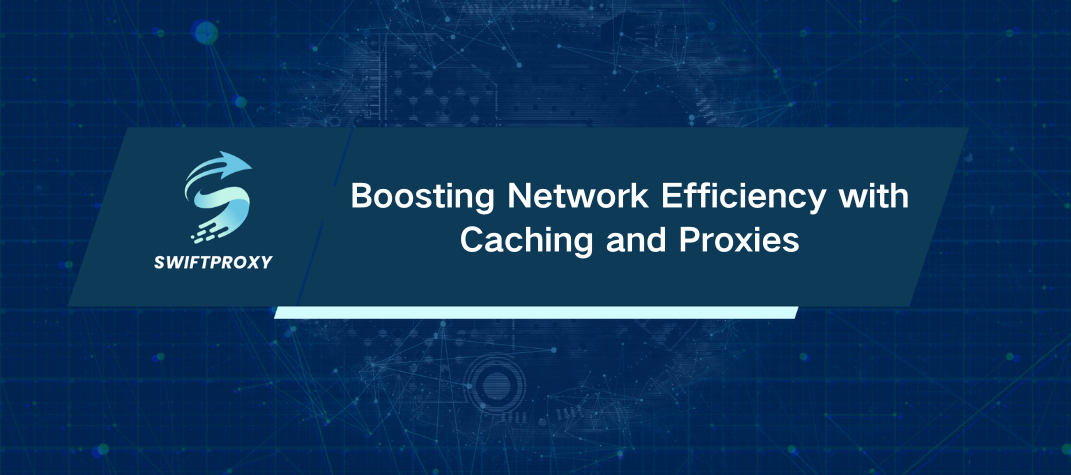Boosting Network Efficiency with Caching and Proxies

Caching not only speeds up browsing for users and small businesses but also has broader benefits for medium and large companies. It enhances overall efficiency and can lead to cost savings by enabling a slower connection to support a greater number of employees.
By utilizing caching techniques, a proxy service can store copies of requested web page items. This means that if other users on the same network visit the same website, the proxy can provide the cached data instead of making a new request. Although caching isn't the main function of a web proxy, it can help businesses save bandwidth. Additionally, proxies offer control features and ensure compliance with access policies.
Optimizing Bandwidth Consumption Using Proxies
A proxy manages all traffic between a user and an Internet service or website, giving it access to both the request and response content. When browsers send requests through the proxy, it can locally store the page's code instructions. This caching capability enables the proxy to handle more requests efficiently, resulting in significantly faster access speeds.
Residential proxy from Swiftproxy is powerful and highly versatile. It offers a simple way for large organizations to save bandwidth and includes an easy method for enabling authentication for outbound traffic. The proxy is nearly ready for immediate use, providing quick web caching. If you encounter any setup challenges, we're here to provide support.
Imagine 100 employees accessing the Internet daily, frequently visiting news sites or other content. Without a caching structure, the proxy would forward all these requests to the Internet. However, with caching in place, while most requests still reach the Internet, there are notable bandwidth savings. This is because some content is stored locally, which speeds up access and reduces the need to retrieve data from the Internet for each request.
If each person consumes about 20 MB of internet data per day, then all users together would use approximately 2 GB of data. If 30% of this traffic is directed to frequently visited websites and each user has 2 MB of cache, caching could save approximately 800 MB of Internet bandwidth by the end of the day. This is just one example of how caching can help a company reduce bandwidth usage. Actual savings can vary significantly depending on the company's usage patterns and the specific caching solution implemented.
Optimizing Performance with Caching
There are numerous caching applications and levels of expertise available. In many organizational environments, basic caching of static objects is usually adequate. However, larger providers might find streaming caching particularly advantageous, as it can deliver faster response times for subscribers and significantly reduce bandwidth usage.
Consequently, it is essential to accurately identify and define the need for bandwidth savings to ensure the solution meets expectations. For most businesses of all sizes, integrating web proxy functionality with caching provides a highly effective solution.
Final Thoughts
A proxy server enhances traffic speed and lowers the volume of external Internet connections by caching frequently visited websites. When multiple requests are made simultaneously, the proxy server only needs to send a single request to handle all of them, thereby saving bandwidth. Moreover, an effective proxy server can also boost overall network efficiency for organizations. If you need a proxy server, consider Swiftproxy.

















































